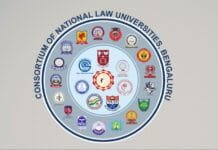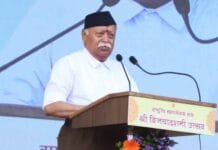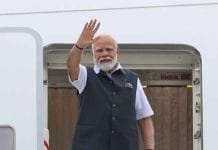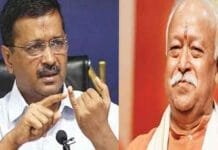INVC NEWS
New Delhi : The proposed change in NCERT books, from “INDIA” to “Bharat”, is more than just a semantic shift. It’s a reflection of a country’s journey, its roots, and its future. As the debate continues, one thing is certain: the name “Bharat” resonates deeply with the nation’s history and identity.
Change in NCERT Books: From “INDIA” to “Bharat”
The winds of change are blowing through the corridors of education in India. A significant proposal has been unanimously accepted, setting the stage for a monumental shift in the way the country’s name is represented in educational materials.
[ez-toc]
The Decision by the NCERT Panel
The National Council of Educational Research and Training (NCERT) panel has been presented with, and subsequently accepted, a proposal that recommends the use of the word “Bharat” in place of “India” in all school books.
The Proposal’s Journey
It wasn’t an overnight decision. The wheels were set in motion a few months back, and after due consideration, the panel gave its nod.
Panel Member CI Isaac’s Statement
CI Isaac, one of the esteemed panel members, shed some light on the process. He revealed that the proposal had been in the works for a while and expressed satisfaction over its acceptance.
Rumors and Reality: The Name Change Debate
Speculations have been rife in political circles about the potential name change from “INDIA” to “Bharat”. Fuel was added to the fire during the G20 event when an invitation letter addressed the President of India in an unconventional manner.
The G20 Event Controversy
In a rather unexpected move, the invitation for the G20 event referred to the ‘President of India’ as the ‘President of India’. It raised eyebrows and instigated discussions nationwide.
What Does the Indian Constitution Say?
For those diving into legal texts for clarity, Article 1(1) of the Constitution states the name of the country as ‘India i.e. Bharat which shall be a Union of States’. This debate was further intensified when, during a G20 meeting, PM Modi had “Bharat” written in place of “India” in official documents.
PM Modi’s Stand in the G20 Meeting
Despite the noticeable change in the representation of his title, no clear answer was provided by any government representative when queried about it.
Historical Context: The Name “Bharat”
The name “India” is believed to have been given by western rulers, according to Rashtriya Sevak Sangh chief Mohan Bhagwat. He emphasized that the country’s name has always been “Bharat” since ancient times, reflecting its rich cultural heritage.
Rashtriya Sevak Sangh Chief’s Statement
By using the name “Bharat”, we are reminded of our deep-rooted culture, said Mohan Bhagwat, urging all Indians to adopt this practice.
Opposition’s Reaction and Political Dynamics
The central government has received backlash from the opposition for replacing “India” with “Bharat” in official documents.
Official Documents: The Beginning of the Change
This isn’t the first instance of such a change. Previously, an invitation to the ASEAN Program had the title “Prime Minister of India”, marking the beginning of this shift.
ASEAN Program: A Noticeable Shift
It was during the ASEAN Program that the title shift first came to light, with PM Modi being referred to as the ‘Prime Minister of India’.
The Long-Standing Debate
The debate over the name change is not a new phenomenon. It has been a topic of discussion and contention for a long time, with strong arguments presented from all sides.




















